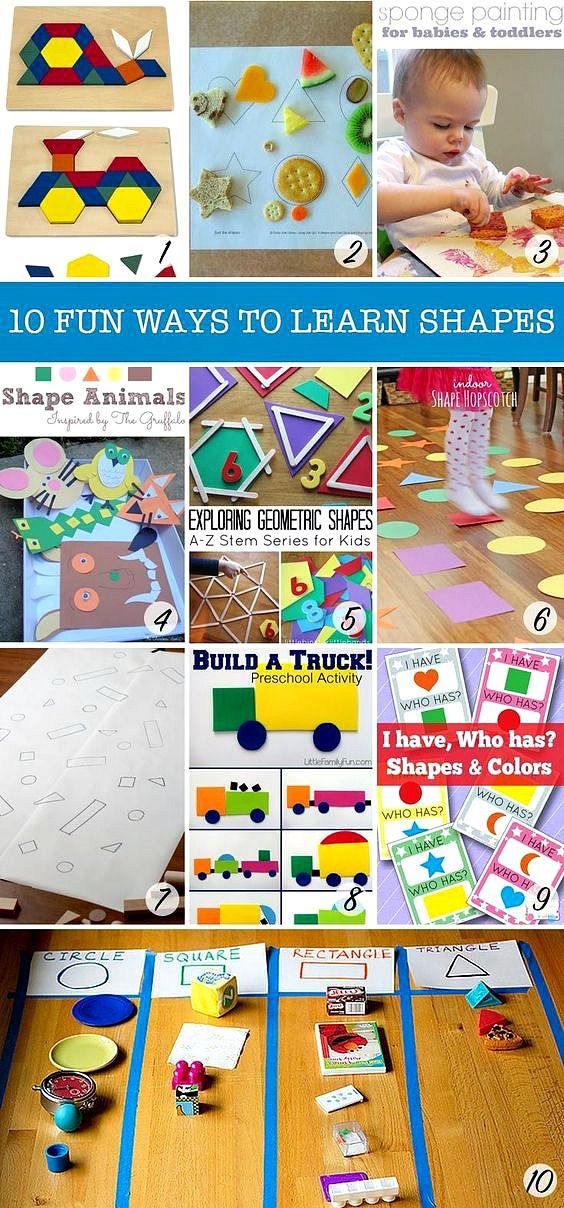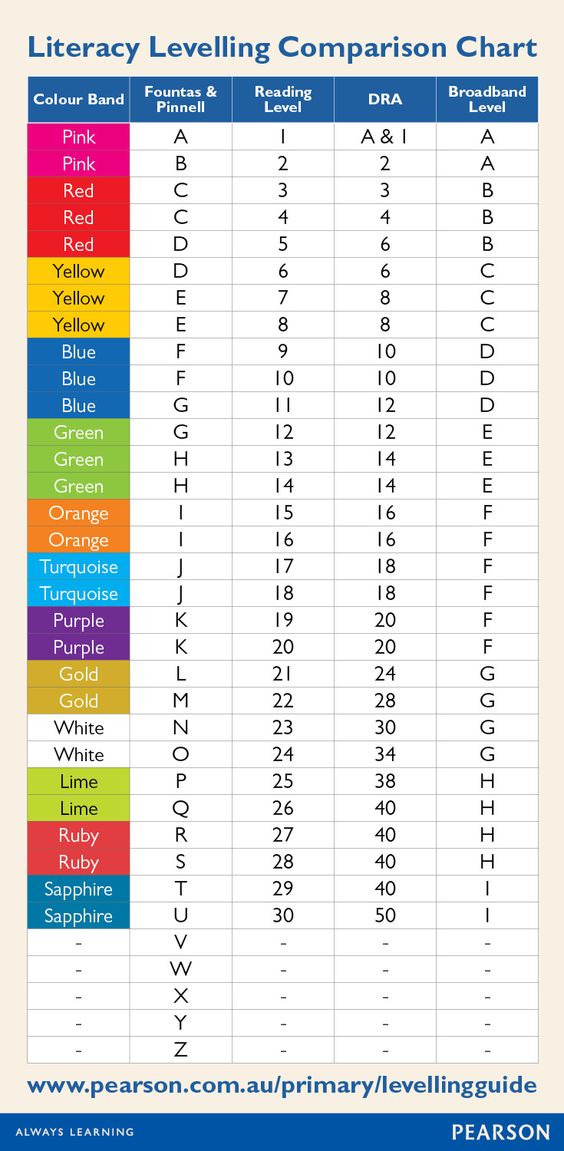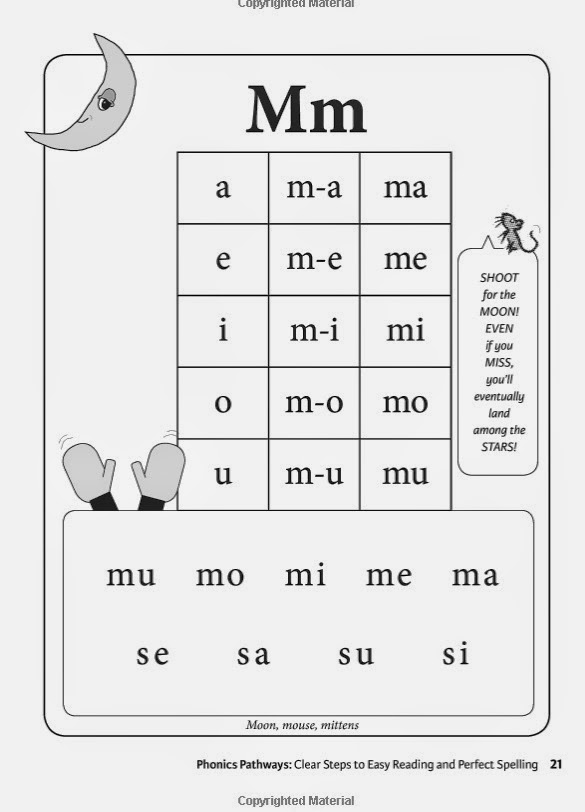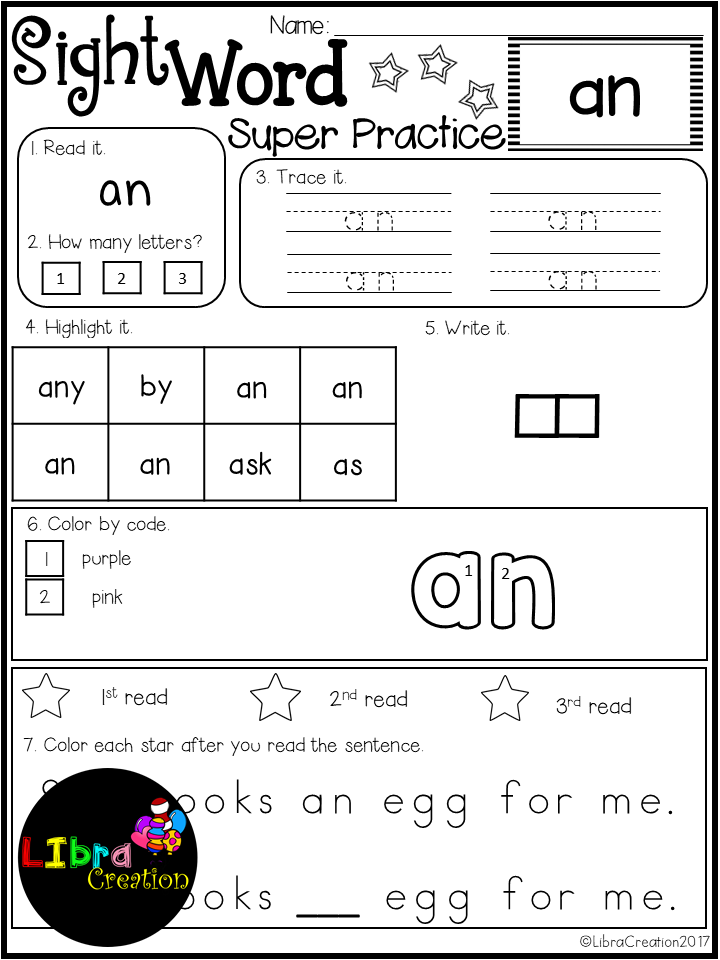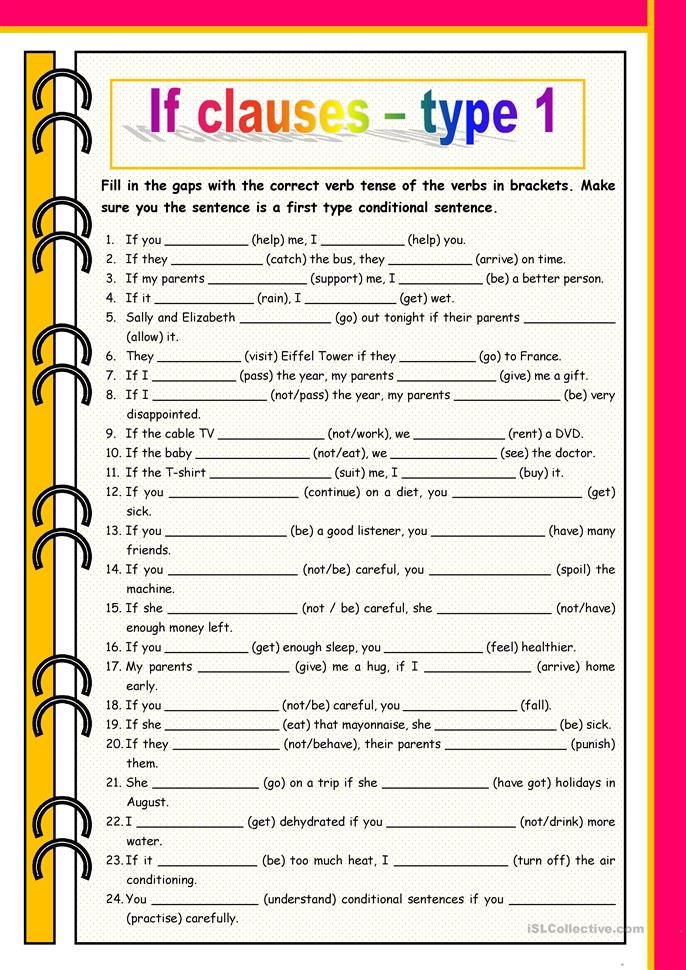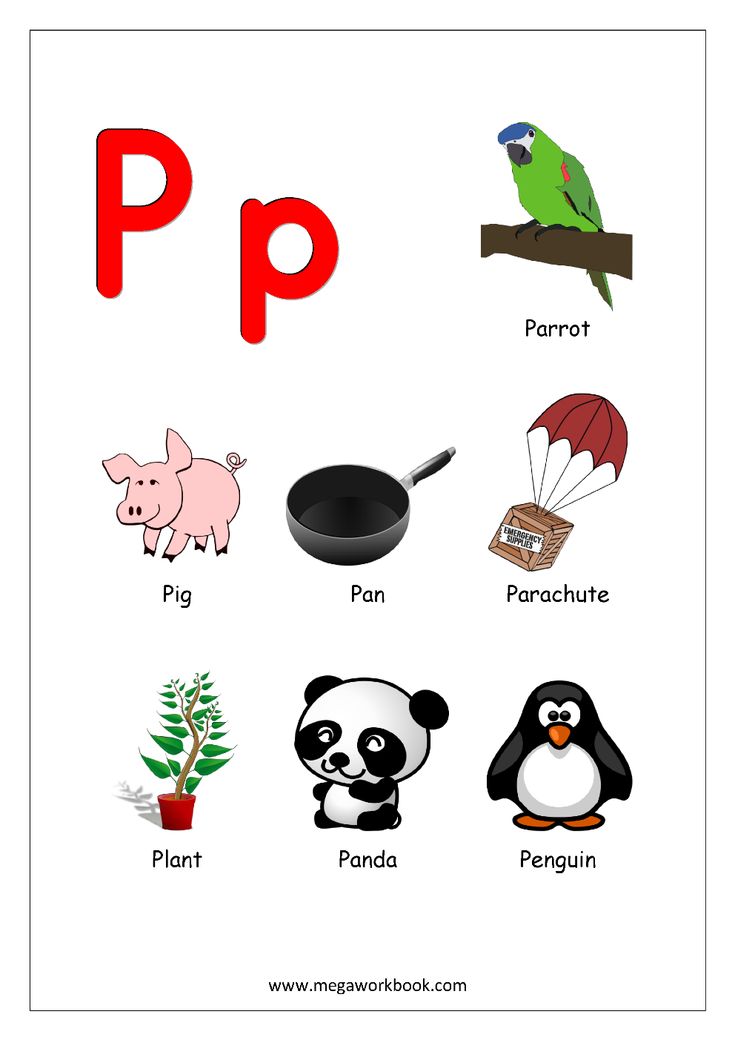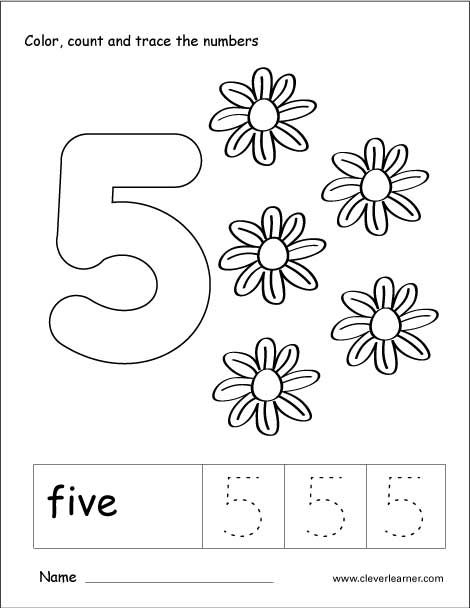Fun ways of learning
How to Make Learning Fun with These 10 Tips
How to Make School and Learning Fun
Most people have fond memories of elementary school. Playing with your friends on the playground, dominating at tetherball or gossiping and giggling on the monkey bars — these are the fun experiences we reminisce about.
Today, we hear a lot about Common Core standards and getting students ready for college. Gone are the carefree days of elementary school, as teachers and parents push kids to excel to even higher learning standards.
Why It’s Important to Make Learning Fun for Kids
Kids need fun at school. When teachers make learning exciting, students are more willing to participate and often find the lesson more memorable. So how can we make school more engaging and interesting for students?
Read the full article or jump to a specific section:
- Break up Lessons
- Offer Choices
- Incorporate Games
- Have Group Time
- Move Around
- Use Hands-On Activities
- Be Creative
- Plan Field Trips
- Use Technology
- Go Outside
Ready to start designing your playground to make learning more engaging for students? Contact our team of experts today!
Contact Us
10 Tips for Making Learning Fun and Engaging For Children
Making school fun can give kids a lifelong love of learning. To keep your students engaged and motivated, throw in some variety. Here are 10 ways you can make learning and education more exciting for your students.
1. Break up Your Lessons
Many lessons involve lectures, especially when you’re introducing a new topic. But you can’t expect young kids to stay engaged as they sit still listening to you talk. Breaking up your lesson adds excitement and keeps your students interested.
Give an introduction, then try an activity. Go back to talking, then pull out another group exercise or get students out of their seats for a round of jumping jacks. Finish the class with a discussion. Even a 30-second break every six minutes or so will do wonders. Try to vary what you do for every lesson and how you teach every day. Learning in new ways and doing novel things can help kids pay attention to the material.
2. Give Your Students Choices
Kids don’t get many choices in their daily routine, either at school or at home. Sometimes all they want is to have a say.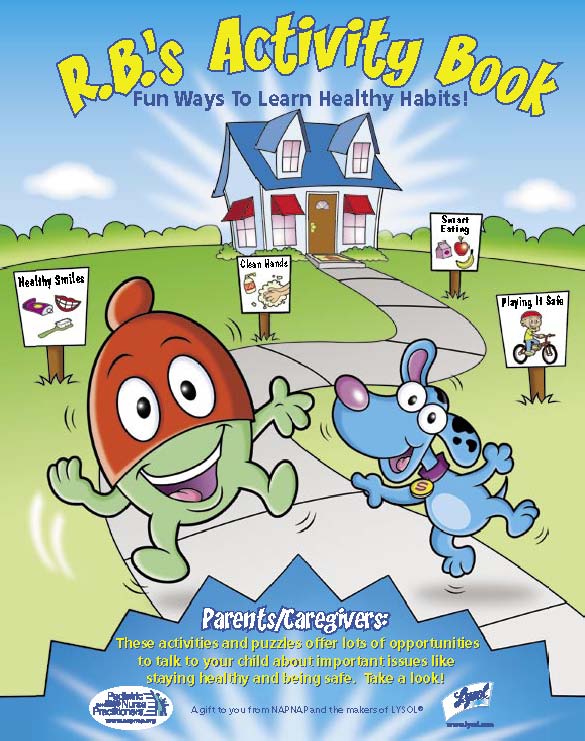 When kids have the power to choose, it helps them become more engaged and buy into what happens next. Try letting them pick the activity that goes along with your lesson or what homework assignment they will work on that night. Giving kids choices will make lessons more fun, all while instilling them with decision-making skills.
When kids have the power to choose, it helps them become more engaged and buy into what happens next. Try letting them pick the activity that goes along with your lesson or what homework assignment they will work on that night. Giving kids choices will make lessons more fun, all while instilling them with decision-making skills.
3. Incorporate Games
Games are an incredible way to add instant engagement to your lesson plan. They make learning more fun, from review time to memorization drills. Games don’t need to require a lot of prep time or expense, as there are thousands of free educational games online. Students will look forward to review days and other lessons with gamified elements.
4. Create Group Time
When you allow students to work together, they retain information quicker and longer. Cooperation also helps develop critical thinking and communication skills. Group time breaks up the same routine, making learning and your lesson much more enjoyable.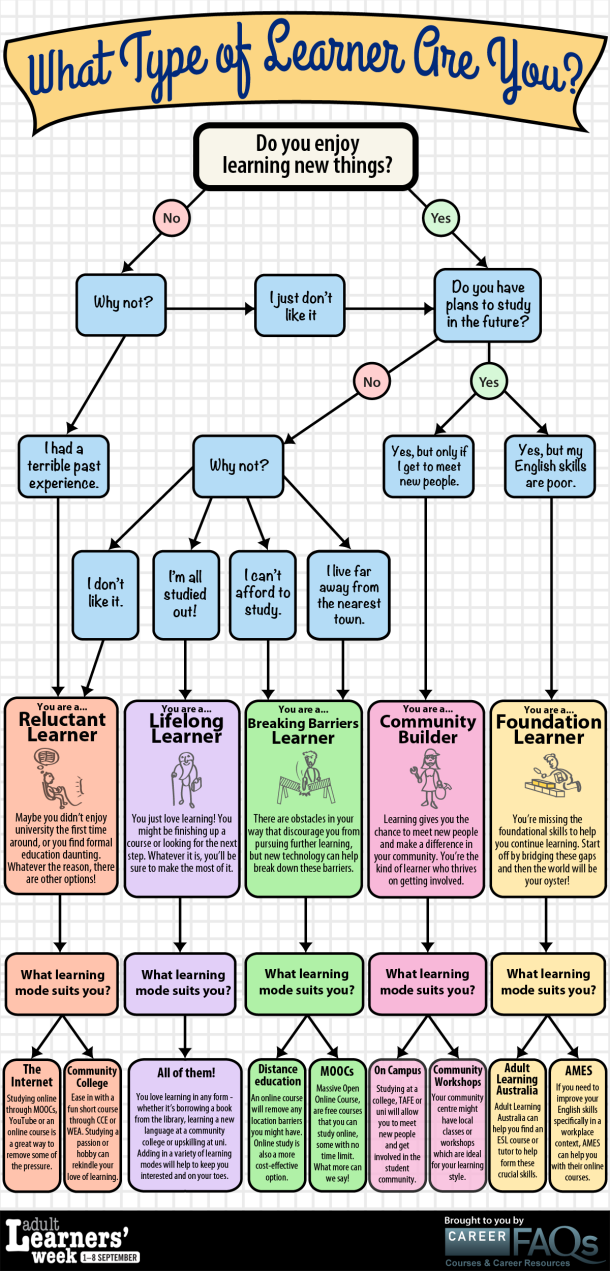
Here are a few tips to keep group time productive.
- Keep it short: Cap group time at five minutes to keep students focused on the task they need to accomplish. Once time runs out, call students back to discuss their takeaways and answer any questions they may have.
- Assign roles: Give each student a role within their group. Students will know what to expect when group work begins, so they’ll be able to focus easier.
- Provide sentence starters: Jumping into a group conversation with classmates can sometimes be awkward or intimidating. By providing the start of a sentence related to the topic, you’ll give students a jumping-off point to get the discussion started right away.
5. Get up and Move
Most elementary school kids don’t like to sit still for very long. Your kids deserve a break, and so do you. It’s time to get up and get moving.
If you see your kids lagging, give them a brain break or incorporate movement into your lesson to make it more fun and engaging.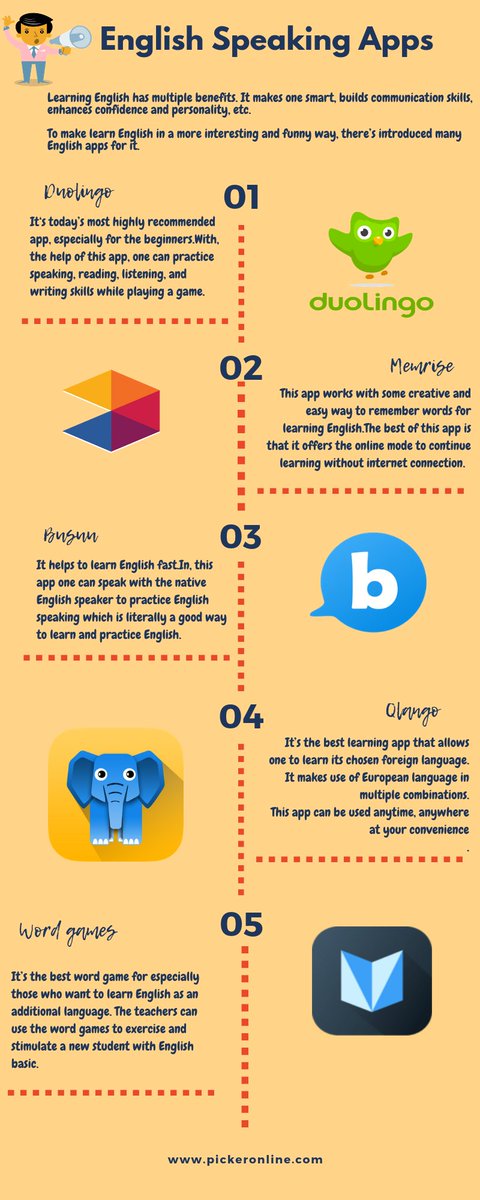 These breaks are a great way to give your students a quick two minutes of downtime.
These breaks are a great way to give your students a quick two minutes of downtime.
You could also incorporate movement into your lesson plans. Here are some effective teaching methods that encourage kids to move around.
- Silent discussion boards: Put up poster papers around the room with questions written on them. Students can walk around the room and write their answers to the question on the paper before moving on to the next question.
- Walking and talking: This method combines group work and movement to create an engaging setting for discussion. Students partner up and discuss the topic while moving around the classroom together.
- Stations: Divide the room into several groups based on different tasks or questions related to the topic. Every few minutes, students will rotate to the next station and begin the next task. This method keeps them engaged and allows them to tackle the topic from multiple angles.

Make sure you offer ample opportunities for movement. When they know a mini-break is on the horizon, your kids will stay more engaged and have much more fun.
6. Incorporate Hands-On Learning
Teachers have long relied on hands-on activities to make lessons fun and engaging. Apply these activities to almost any subject, from a preschool alphabet lesson to math, English and geography.
Hands-on learning, also known as “active learning,” puts students in control. Unlike traditional lecture-style lessons, hands-on activities encourage students to produce original insights, which pushes them to deeper levels of thought. Additionally, they can gain direct feedback from instructors on their projects, which can help encourage them to try hard in class.
An action-oriented assignment like an arts and crafts project is more meaningful to students and will likely be the lesson they remember most.
Learn About Sensory Play Equipment
7. Be Open to Creativity
It’s easy to teach from the same lesson plans year after year.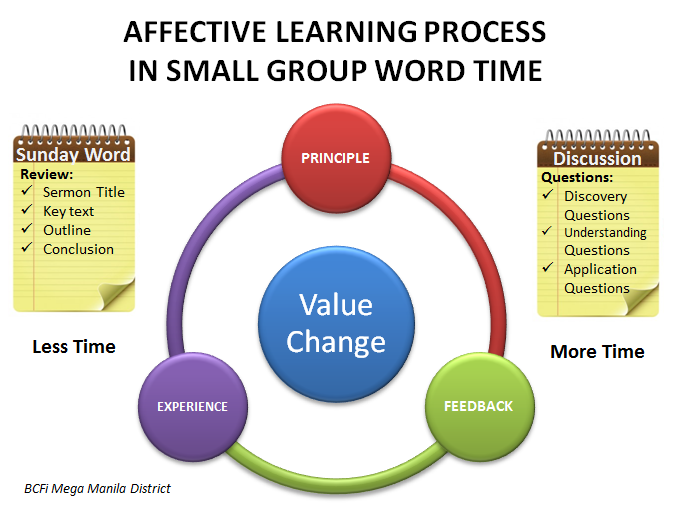 Once you have something that works, you may be a little nervous about trying something new. But remember — each year, you’ve got a new batch of students with various interests. Variety and creativity are the best ways to ensure learning stays fun.
Once you have something that works, you may be a little nervous about trying something new. But remember — each year, you’ve got a new batch of students with various interests. Variety and creativity are the best ways to ensure learning stays fun.
Essentially, you should be open to your students’ creativity. Give your class the freedom to modify assignments and projects as long as they run the changes by you first. You may find that their ideas give a unique twist to a lesson. Plus, when students come up with something on their own, it’s more meaningful to them and they can develop confidence in their decision-making skills.
Holding classroom discussions is one way to shake things up. Turning the conversation over to students can help them focus better in class and practice public speaking, which over time can lead them to become more self-assured. Plus, you can gauge their understanding of the material based on how they answer your discussion questions. This tactic works best in humanities or language classes where there is room for open-ended answers, but you can also apply it to math and science topics.
8. Schedule Field Trips
Who doesn’t have fond memories of their class field trips? These treks outside the classroom are an ideal way for your students to connect to the outside world and engage with what they’re learning. From plays and museum exhibits to historical places, these and other field trips will be more memorable than a classroom lecture.
If your school has cut the field trip budget, try taking an online virtual field trip. Or, maybe there’s a cool opportunity within walking distance of your building. No matter how you offer a trip to your students, it’ll be a fun way to learn.
9. Make Technology Part of Your Lesson
Technology is a given in today’s world. From tablets and laptops to YouTube and Netflix, your kids experience an endless stream of devices, sites and software every day. Use technology as a tool to make learning more fun, familiar and accessible.
Stock your classroom with tablets that have exciting educational apps. Or show your kids a short clip on YouTube or TeacherTube.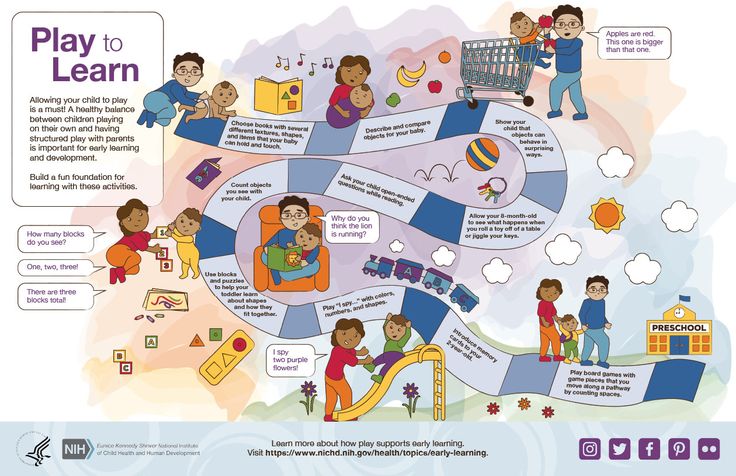 You can even create a PowerPoint or a video of your own. Technology is a great way to meet some of your students’ instructional needs. Additionally, integrating technology into the classroom can prepare students with the skills necessary for the professional world – most careers nowadays use some form of technology, so students must become familiar with widely used programs early on.
You can even create a PowerPoint or a video of your own. Technology is a great way to meet some of your students’ instructional needs. Additionally, integrating technology into the classroom can prepare students with the skills necessary for the professional world – most careers nowadays use some form of technology, so students must become familiar with widely used programs early on.
10. Take the Fun Outside
Recess — is there any word that brings more joy to a student’s heart? Looking forward to these outdoor excursions can make their in-class time more fun and engaging.
Kids need a break, yet many schools are doing away with recess in favor of academics. However, research shows that getting outdoors, playing on the playground and engaging with friends primes their brains for learning. Along with that, you and your students could enjoy these additional benefits of having class outside.
- Learning about different subjects: Of course, outdoor lessons can be ideal for science classes.
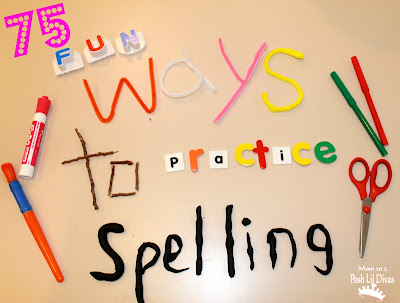 But you could also go outside to supplement a reading class focusing on nature or an art class exploring landscapes.
But you could also go outside to supplement a reading class focusing on nature or an art class exploring landscapes. - Improving grades: Taking lessons outside can boost grades. Kids can become more engaged with learning and grow their critical thinking skills, increasing their chances of doing well on tests and assignments.
- Reducing stress: You and your students deserve the chance to relax. Take a break from tests and lectures to spend some time outside and reduce everyone’s stress.
View Outdoor Play Equipment
Get the Benefits of Teaching Outside With Playground Equipment
When you want to make school and learning fun and share the benefits of having class outside with your students, it helps to have an area made for kids. Talk to administrators about creating or enhancing your existing play spaces to give everyone in your school the chance to enjoy outdoor learning and play.
Playgrounds are valuable educational tools that you can use for applied lessons.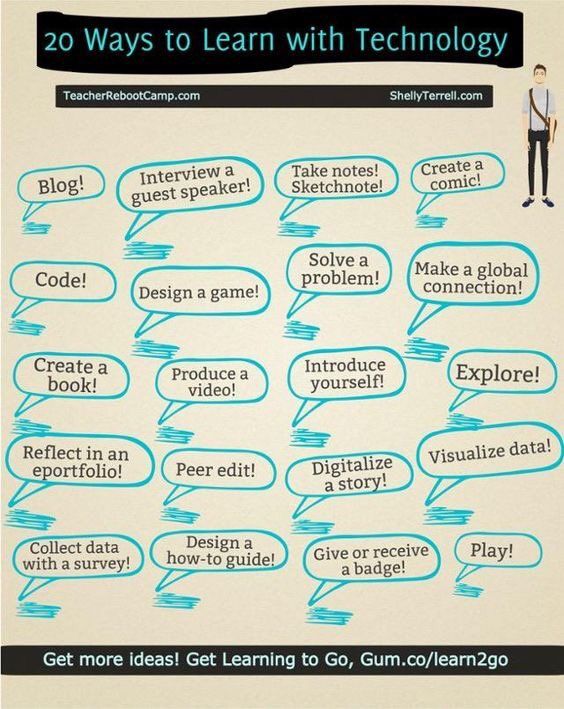 You can even let kids have unstructured playtime to enjoy the benefits of playing outside, like improved problem-solving skills, confidence, independence, communication and creativity.
You can even let kids have unstructured playtime to enjoy the benefits of playing outside, like improved problem-solving skills, confidence, independence, communication and creativity.
Miracle® Recreation Equipment Company would be happy to help you create a play area that promotes those developments and more for your students. We manufacture exciting play structures and components with a commitment to safety that’ll add plenty of opportunities to your school’s outdoor spaces. And with playground structures for kids ages 5 to 12, we’re sure to have something for your students. Consider these Miracle play equipment options to engage kids with learning outside.
- Themed playgrounds: Our themed playgrounds encourage creativity and storytelling. Bring play and your classroom lessons to life with themes from trains to fire engines and anything else you can imagine.
View Themed Playgrounds
- Cooperative elements: Features that encourage kids to play together give you the chance to teach a lesson in cooperation and friendly competition.
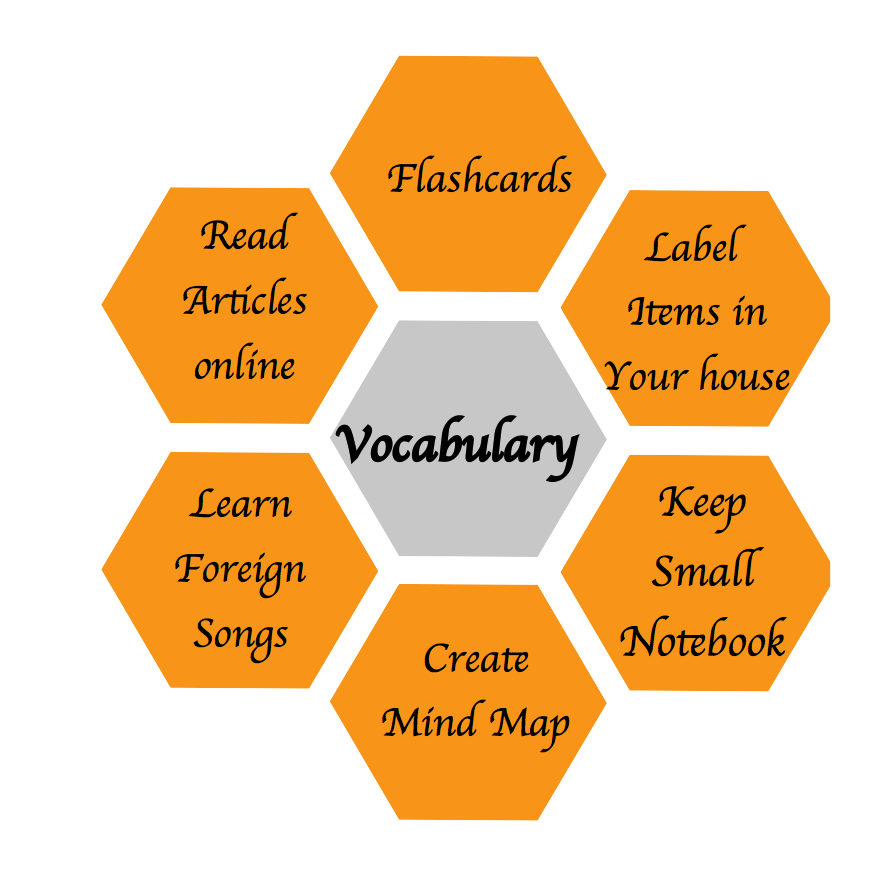 Use the Buddy Rocker to help your students learn about movement through cooperative play. Or choose a dual slide, like the Bump and Glide Slide, to encourage friendly competition.
Use the Buddy Rocker to help your students learn about movement through cooperative play. Or choose a dual slide, like the Bump and Glide Slide, to encourage friendly competition. - Interactive components: The entire playground is an interactive zone, but specific additions lend themselves to outdoor lessons. For instance, consider the Chime Panel and standing Concerto Chimes for an outdoor music class.
- Educational accessories: Add features like fun puzzles or our Alphabet Panel to engage kids with learning opportunities as they play outside. Teach young children about spelling and the alphabet with a quick outdoor lesson before they get back to playing.
To ensure your students get the playground they deserve, invest in high-quality equipment that’s as thrilling as it is safe. With Miracle Recreation, your school can receive a customized playground design that meets all your needs to ensure your kids have the best environment for outdoor play.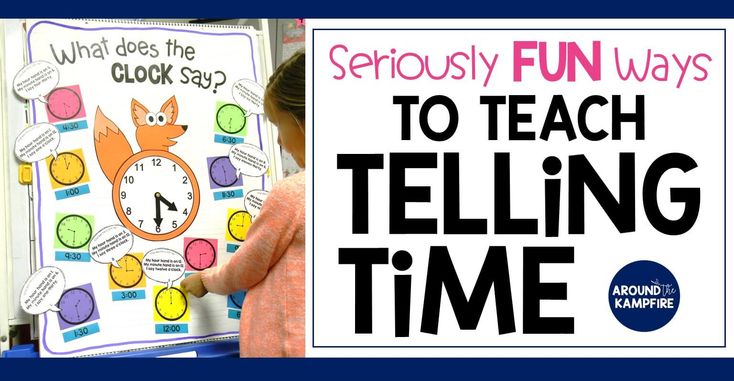
Learn more about our thrilling and safe playground equipment for schools. As your students look forward to another fun-filled recess, classroom time will feel more engaging and exciting. Contact us to discuss what works best for your school.
20+ Ways to Make Learning Fun
- Facebook 0
- More
Making the Case for Making Learning Fun
Keeping the learning process fun and fresh isn’t just something extra to consider before a holiday break or on a Friday afternoon. Adding creative and fun ideas into your lessons can help more learners feel engaged and motivated. This can be a critical element to reaching all learning, even those who struggle with completing work or aren’t as interested in the content area you are teaching.
Adding creative and fun ideas into your lessons can help more learners feel engaged and motivated. This can be a critical element to reaching all learning, even those who struggle with completing work or aren’t as interested in the content area you are teaching.
It makes teaching fun for educators, too. Sometimes, it’s easy to get bogged down with the high demands of curriculum and expectations with state testing. As an educator myself, I’ve been there. Times like this are the perfect opportunity to do something new and re-ignite that spark for teaching.
Most importantly, when kids love learning, they will remember it. Use some of these strategies to help give your learners a fun, creative, and memorable experience in the classroom.
20+ Strategies for Making Learning Fun
Incorporate movement. Sitting at a desk all day isn’t good for anyone! Get kids up and moving while learning content. Have students toss paper basketballs into the recycling bin when they get a review question right or do jumping jacks as you practice multiplication facts. Whatever it is, get kids moving.
Whatever it is, get kids moving.
Spend time outside. It can really transform the learning environment just to step outside on nice days. Do an outdoor read aloud in the shade or just head out for an outdoor mindfulness nature walk.
Use student interests. The truth is that kids can be interested in some great topics that can be integrated into what you are already teaching! If you are learning about comprehension strategies, read a short book about dirt bikes. If you are focusing on literary devices, use songs that kids listen to. While you are at it, add your own interests as well!
Use task cards. Sometimes, it’s nice to change things up from a worksheet or book. Task cards can be a great way to get kids talking and working together on important skills. There are many different ways to use task cards, from center work to group discussions. You can even have students take turns answering task cards while playing a board game.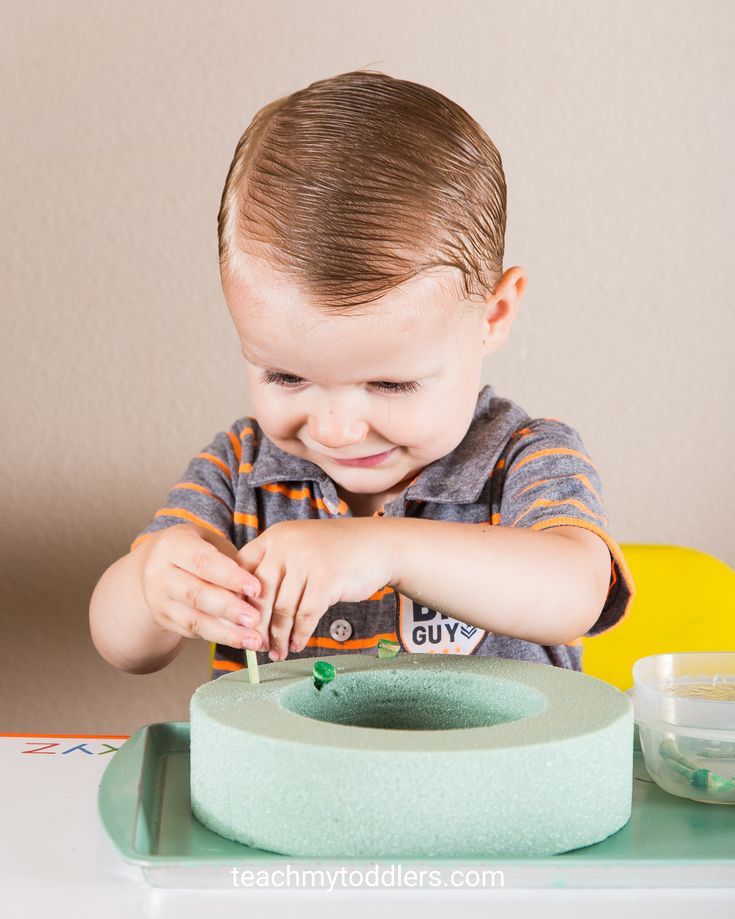 Grab these free social problem-solving task cards to test it out!
Grab these free social problem-solving task cards to test it out!
Create learning centers or stations. Set up different learning activities around the room. These can be all on the same topic or different, depending on your learning goals. After 15 minutes or so at each station, ring a bell and have kids move on to the next. This is a great way to get kids moving and keep them interested on fresh content.
Invite a guest speaker. Find a community member who is willing to come in for a short period and talk about a topic. Consider reaching out to parents to see what topics they are experts on.
Have a class debate. Debates are a great way for kids to share their ideas in constructive ways. Start with a statement and have students choose a side, such as “homework should be required in all schools.” Of course, debates can be used on almost any topic, so they are a great way to engage learners.
Give brain breaks.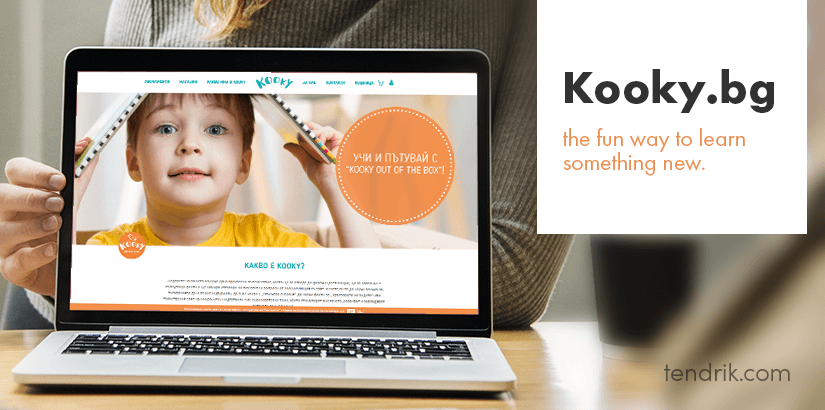 We all need breaks throughout the day. Use brain breaks strategically to motivate kids and teens. Some of my favorite activities are nature brain breaks, such as butterfly breathing and a rainforest visualization. Another option is sorting through free YouTube videos to find a guided brain break that meets the needs of your learners.
We all need breaks throughout the day. Use brain breaks strategically to motivate kids and teens. Some of my favorite activities are nature brain breaks, such as butterfly breathing and a rainforest visualization. Another option is sorting through free YouTube videos to find a guided brain break that meets the needs of your learners.
Use reader’s theater. A reader’s theater activity is a script that students read from. The idea is that each student has a different part, just like a script from a movie. This is a great activity to build reading fluency, but it also can allow kids to work on understanding social cues. Something wonderful about reader’s theater scripts is that they can be used for many different subjects and topics.
Use digital activities. Explore learning in a new way with digital and interactive workbooks. These lessons and activities have moveable pieces on Google Slides to make learning new material a little bit more engaging. This Social Emotional Learning Digital Workbook is always a favorite.
This Social Emotional Learning Digital Workbook is always a favorite.
Take an indoor field trip. Add some fun by taking a field trip to another location in your school. Visit the gym, the art room, or another teacher’s classroom to learn together.
Use crafts. When paired with a lesson, crafts are an excellent way to make learning meaningful. Best of all, there are endless options for crafts in the classroom on any topic. Make a fortune teller, a spinning wheel, design a poster, or more.
Create a makerspace. A makerspace is an area where learners are free to explore new ideas, build curiosity, and think outside the box. Read more about how you can set up a makerspace in your classroom.
Switch rooms. Find a colleague who is willing to do a room swap with you for a day or period. This seems silly, but it’s just another way to add some element of change to the day to keep things interesting!
Play learning games.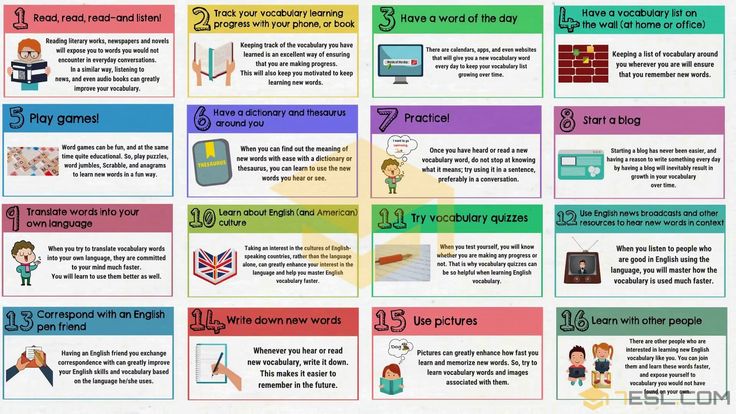 Kids and teens always love a good game. The best part is that so many games lend themselves to being true learning tools. For example, you can play Pictionary with science vocabulary terms. Another idea is to play any board game and have students answer quiz questions before taking their turn. Even social emotional skills can be integrated and practiced with games.
Kids and teens always love a good game. The best part is that so many games lend themselves to being true learning tools. For example, you can play Pictionary with science vocabulary terms. Another idea is to play any board game and have students answer quiz questions before taking their turn. Even social emotional skills can be integrated and practiced with games.
Use an escape room activity. Escape rooms are collaborative puzzles kids must solve to unlock a code word. Some of my favorite escape rooms are for social emotional skills. They involve some prep work ahead of time but pay off in the end.
Work for a “Fun Friday.” Give something special for kids to work for! A “Fun Friday” is a reward day (or just part of the day) that kids earn through completing tasks or showing positive behavior. You can have your students work for it any way you choose. In my classroom, when students completed their work, our Friday class together was spent watching a movie that they picked out, coloring, or doing a fun craft. It’s a healthy way to keep kids motivated and add something fun to look forward to at the end of the week. Use this free reward list to help you come up with ideas.
It’s a healthy way to keep kids motivated and add something fun to look forward to at the end of the week. Use this free reward list to help you come up with ideas.
Give student choice. Giving kids and teens a choice in what they are learning can make a huge difference. If practicing reading strategies, considering letting kids choose the topic for the text they are reading. Another option is to give a forced choice between two or three options. For example, when showing what they’ve learned on a topic, have kids choose between writing an essay, creating a Powerpoint presentation, or creating a storybook.
Integrate arts and music. Different art and music activities can be integrated right into the curriculum in a seamless way. Just as an example, when teaching about compare and contrast, have students listen to two different songs. Have them make a list of ways they are similar and different.
Have students lead. Allow kids to be the teacher and leaders themselves. Many kids will love the extra responsibility, so you might even use it as a reward.
Many kids will love the extra responsibility, so you might even use it as a reward.
Create a challenge. I can vividly remember back to learning my math facts during my own elementary years. My teacher created a challenge so that for each fact you learned, you earned another element to work towards an ice cream party (if you learned your 1’s, you earned a bowl; when you learned your 2’s, you earned a spoon, and so on). Create a special challenge to help motivate learners in a fun and engaging way.
Incorporate hands-on learning. Instead of writing about a novel, consider giving kids the chance to build a diorama of their favorite scene. Rather than just reading about map skills, have students make their own maps of made-up locations. There are always lots of opportunities for hands-on learning.
Perform experiments. Hands-on experiments are a fun and meaningful way to spark interest in the classroom. One of my favorite experiments was when we were learning about evaporation. Have students fill a cup of water. Take a walk out to the parking lot (or play area with concrete). Spill out that water and have students draw around the water with chalk. In just a few hours, they’ll come back to notice the water has vanished. As simple as this sounds, it is such a remarkable way to create that sense of wonder kids need when learning a new topic.
Have students fill a cup of water. Take a walk out to the parking lot (or play area with concrete). Spill out that water and have students draw around the water with chalk. In just a few hours, they’ll come back to notice the water has vanished. As simple as this sounds, it is such a remarkable way to create that sense of wonder kids need when learning a new topic.
Use role-play. Act out scenes from a story or novel. Role-play can also be a great tool to build social skills by acting out scenarios.
Plan special days. Dress up like your favorite character or pajama day! Plan a special day that gives kids something special to look forward to. You can even list options and have kids vote on their favorite day.
I hope you love these ideas. Let me know what other strategies you are using to add fun and excitement to your classroom!
- Facebook 0
- More
Best Practices for Learning English for Children
home
Articles
Methods of learning English for children
Every parent wants their child to grow up as an independent, diversified personality. In a world where information and social networks play the main role, it is possible and necessary to obtain new knowledge from different sources. To do this, it is useful to master the main international language - English. There are many advantages of learning this language, and we will not focus on them. Instead, let's figure out how to help your child learn English.
In a world where information and social networks play the main role, it is possible and necessary to obtain new knowledge from different sources. To do this, it is useful to master the main international language - English. There are many advantages of learning this language, and we will not focus on them. Instead, let's figure out how to help your child learn English.
Encourage your child to learn the language of Shakespeare from an early age. After all, a person receives half of the skills necessary for communication by the age of four, and the full volume by eight. Therefore, the question arises, what are the best methods of learning English for children? Let's find out.
Immediately, we note that the methods that will be discussed have proven themselves on the positive side. Therefore, on the one hand, it does not matter by which method to teach a child a foreign language. But on the other hand, it is necessary to select a technique based on the age of the characteristics of the child.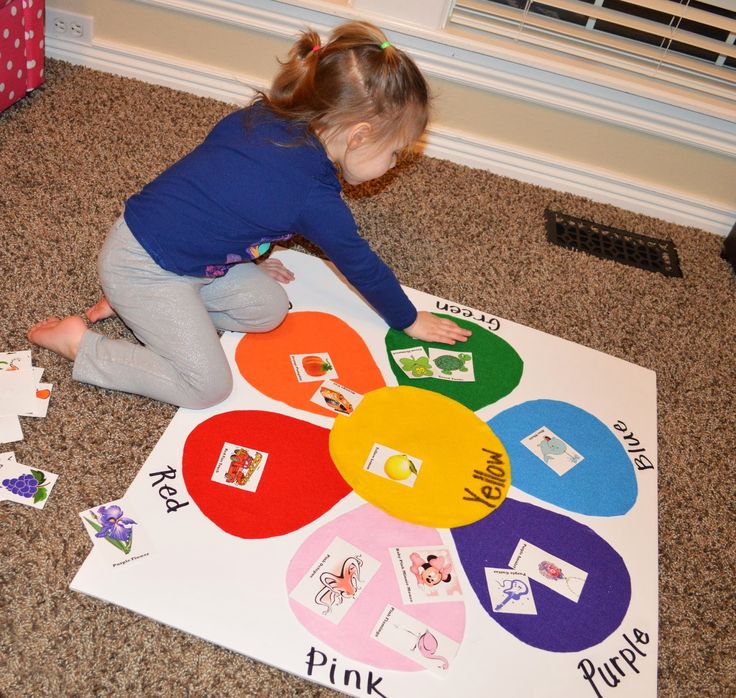
The easiest way to learn a language is if a child is taught it from the age of 3-4. Do not be discouraged if this moment is missed - some methods involve working with children up to preschool age.
Teaching methods fall into two broad categories: group and individual. To understand what form of activity is right for your child, look at his level of sociability. Group lessons are suitable for open, active children, and individual lessons for calm children.
Methods of learning English for children are based on 5 principles:
- Natural. The main thing is that the child learns new knowledge naturally, in a comfortable environment. So he can progress faster.
- Interesting. Awakening the child's interest in the language is the main task of the teacher. Otherwise, the child will form a stereotype that English is boring, tedious and difficult. This will negate the efforts of parents and teachers.
- Sequence. You need to start with the basics.
 You need to pay attention to all aspects at the same time: grammar, speaking practice, reading. If you focus only on the rules, the child will not learn to speak English. But it will please knowledge of grammar.
You need to pay attention to all aspects at the same time: grammar, speaking practice, reading. If you focus only on the rules, the child will not learn to speak English. But it will please knowledge of grammar. - Perseverance. Sometimes, children are capricious and do not do what is required of them. In such situations, it is worth being tough, but do not go too far.
- Game uniform. The main learning tool for a child is play. With its help, it is easiest for children to start learning English. Let's talk about games separately.
Most children's methods of learning English are based on the game activity of children. As mentioned above, the game is a tool for the development of the child, with its help he learns the world. Therefore, it is logical to use the game to learn English. The best methods for learning English for children include different types of play situations. With their help, the child will develop the necessary skills quickly and in a fun way. There are four types of educational games:
There are four types of educational games:
- Situational games are games that reproduce situations from real life. Children try on various social roles and act according to a specific task. At the same time, at certain moments, the child needs to improvise, connect imagination and creativity.
- Competitive games create situations that test how children have learned the material they have learned. At the same time, elements of rivalry are included in the game. There are many options here: team board games, crossword puzzles, linguistic puzzles. The winner is the one who knows grammar and vocabulary better.
- Music games are all kinds of songs, dances, round dances. If, according to the terms of the game, you need to act with a partner, then the child, in addition, develops communication skills.
- The conditions of creative games are limited only by the imagination of the teacher and the children themselves. They include elements of other types of games and are held in the form of drawing competitions, applications, writing poetry in English.
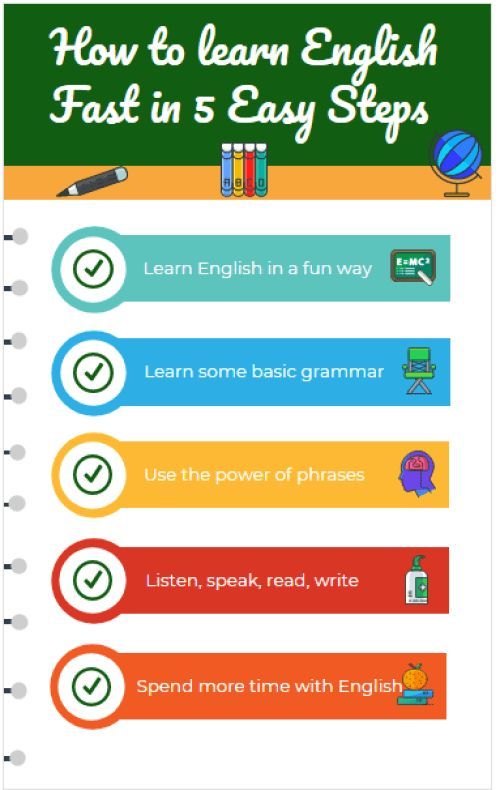
Remember that regardless of the method of learning, the main thing is practice. Without it, neither the future poet nor the born linguist will speak the language of Shakespeare. Therefore, often talk to your child in English, if the level of language proficiency allows it. The result will not keep you waiting.
English for children: learning methods and their features
There are 5 main teaching methods. We will dwell on each of them in more detail.
Zaitsev Method
This is a method for babies who have reached the age of 3. Children play with cubes on which not letters are written, but words and syllables. At the same time, the cubes differ from each other in weight, color, and sounds made. This helps children learn to follow the correct word order in a sentence. Having developed this skill at an early age, the child will master the first lessons from the school curriculum with ease. In addition, at a subconscious level, the difference between sounds is assimilated, and speech skills develop in parallel.
Game method
Classes are held as follows: the teacher lays out figures of animals or household items in front of the children. After that, he calls them in English, and the children repeat after him. Then the children draw one animal or object on the table and try to remember its name. When a child remembers about half of the names of objects, the teacher tries to build a simple dialogue with him. So children gradually master pronunciation and oral speech. You can engage in such a program with children from one year old.
Doman Method
The method is based on the use of children's visual memory. The child is shown cards on which the object and its name are depicted. This makes it easier for children to memorize new words. The technique is suitable for children up to 6 years.
Project method
The method resembles school lessons with the difference that the teacher chooses a topic based on its interest for children.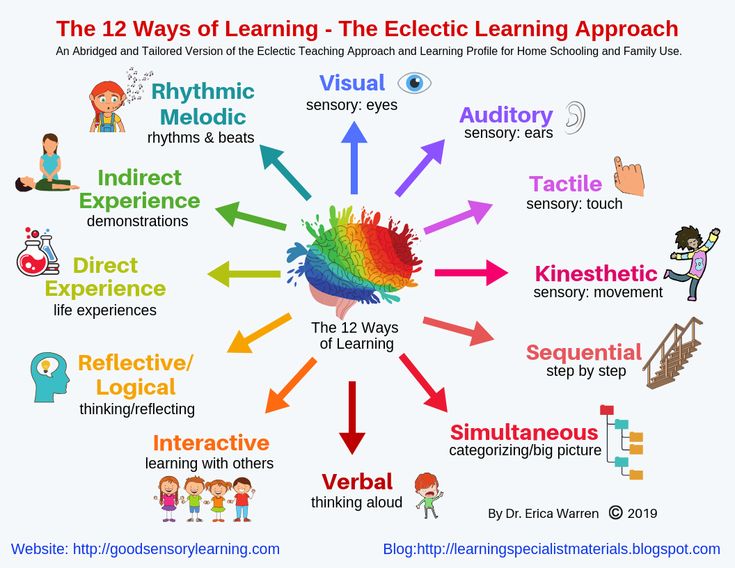 This is how several lessons pass, after which the students write a test task on the topic. The technique is designed for children from 4 years old.
This is how several lessons pass, after which the students write a test task on the topic. The technique is designed for children from 4 years old.
Combined methods
As the name implies, these classes combine the advantages of the previous methods. Children work on grammar, play, draw. With this approach, the lessons become more diverse, and the children like it.
How to choose a technique?
Choosing the best English learning method for kids is easier than you think. When choosing, you need to start from the age and level of development of the child. In addition, consider his preferences and features. It is very important for a child that learning is interesting and fun. It is easier to interest a child in learning English if he is placed in comfortable conditions.
Therefore, choose a method with an eye on the character of the baby: a sociable child will like group lessons, and a shy child will like one-on-one lessons with a teacher, an active child will like playful forms, and a calm child will like something more meditative.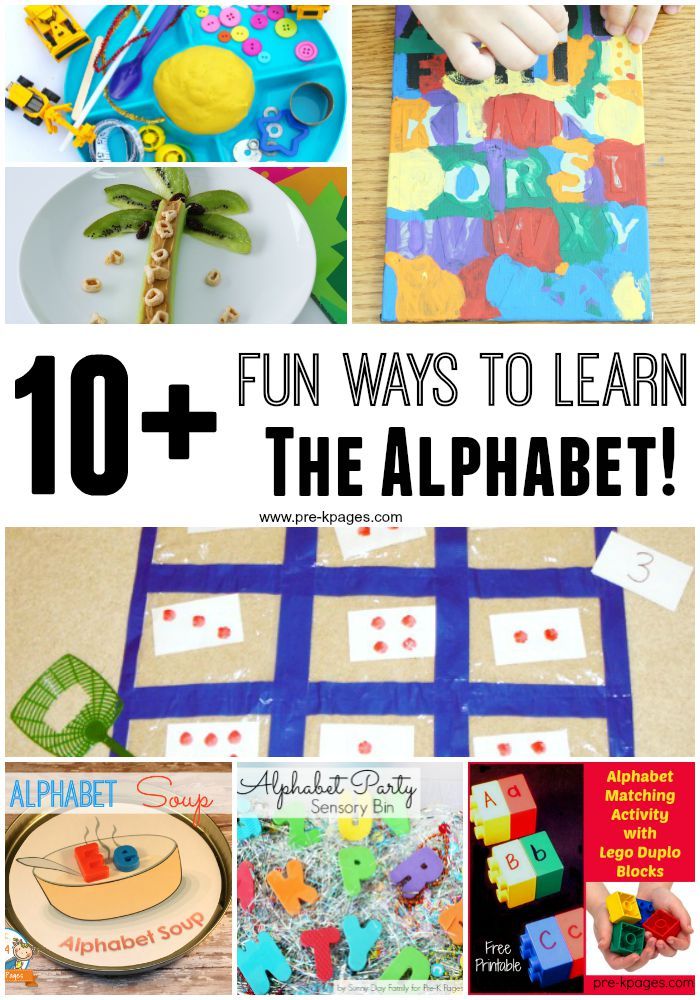 The choice of methods allows you to take into account these points and choose the form of education that suits your child specifically.
The choice of methods allows you to take into account these points and choose the form of education that suits your child specifically.
Other tips
- For your child to learn English faster, you need to create a comfortable environment for him at home. The following tips will help you:
- Do not compare your child's progress with other children's progress. Everyone has a different ability to learn languages. It is logical that someone can speak English faster.
- Remove from the child's field of vision everything that is associated with the school: notebooks, pens, pencil cases, rulers. Make English lessons interesting. And the school is often associated with concepts that are opposite in meaning.
- Do not examine your offspring. He does not study at the university, but studies a foreign language, because he is interested in it.
- Do not overload your child with grammar. He still won't understand. Plus, children's perception is arranged in such a way that patterns line up by themselves.
 Therefore, if you want to teach your child to speak English, just surround him with this language.
Therefore, if you want to teach your child to speak English, just surround him with this language. - Focus on visual images. So the baby quickly remembers words and grammatical constructions.
There are several methods of learning English for children. You need to choose a teaching method based on the age and inclinations of the child. This approach is needed so that your offspring is interested in learning English, and he does not perceive such lessons as another “obligation” like semolina. If it was possible to arouse interest in the baby, then all that remains for parents is to watch their child master the language of Shakespeare and rejoice. But they can still help the child. You should create a comfortable environment for him and at home. The tips mentioned above will help. In addition, if the parents themselves have at least a basic knowledge of the language, they can make a feasible contribution to the child's learning English.
Return to list
4 ways to learn English - which one is better ‹ Ingleks
My name is Julia Obukhovskaya, I have been teaching English since 2011. If you want to learn the most widely spoken language in the world, but don't know which way to choose, you will be interested in my story. Today I will talk about my experience of learning a language and describe each method in detail.
Content:
- 1. Self-study of English
- 2.Private lessons
- 3. Group lessons
- 4. Learning with native speakers
- 5. Online learning
No one is surprised anymore when they hear English spoken on the street. More and more people take up the study of English every year. It opens the door to new opportunities in many areas of our lives: work, study, entertainment, travel. For this reason, I chose the profession of a teacher - I wanted to help people achieve their goals in learning English.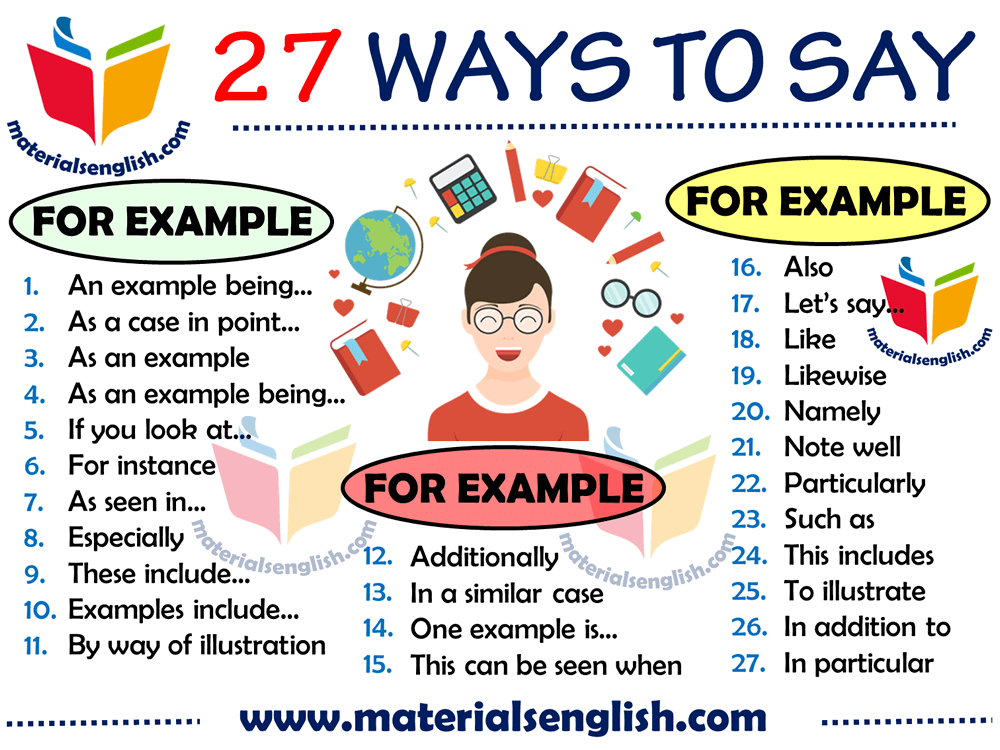 In this article, I will go into detail about the ways of learning a language that anyone can try: self-study, lessons with a tutor, group classes and learning in an online school.
In this article, I will go into detail about the ways of learning a language that anyone can try: self-study, lessons with a tutor, group classes and learning in an online school.
Self-study English
I completed my master's degree and received a diploma in teaching English, German and foreign literature. In addition to studying at the university, I did a lot of self-study. Firstly, when you learn a new language, it seems that you always have little information, you want to learn even more. Secondly, it is interesting to draw knowledge from different sources. First of all, the most famous tutorials were used:
- Solutions - these books are suitable for both teenagers and adults.
- Round Up New - there are clear wording of grammar topics with explanations.
- English File - in these manuals you will find the necessary elements to practice all aspects of the language. The lessons are divided into topics that affect various aspects of our lives, they will help you learn how to talk not only about yourself, but also talk about art, sports, the environmental situation in the world, etc.

- Upstream - I first got acquainted with this course at the university and I can say that it is suitable for both self-study and for working with a tutor or in courses.
Another important point is the relevance of teaching aids. Every year, with the changes taking place around us, the language also changes. When choosing a textbook, pay attention to the year of publishing.
In addition to textbooks, pay attention to educational applications:
- Lingualeo - you are invited to perform game exercises to memorize new vocabulary.
- Duolingo is an app that allows you to learn not only English, but also German, French, Spanish, Portuguese and Italian. Here you can practice writing and speaking.
- Quizlet is an application focused on memorizing new words and expressions with the help of various exercises: translation from Russian into English and vice versa, interactive mini-games, etc. When my students complain that they can’t remember a word, I send them to Quizlet .
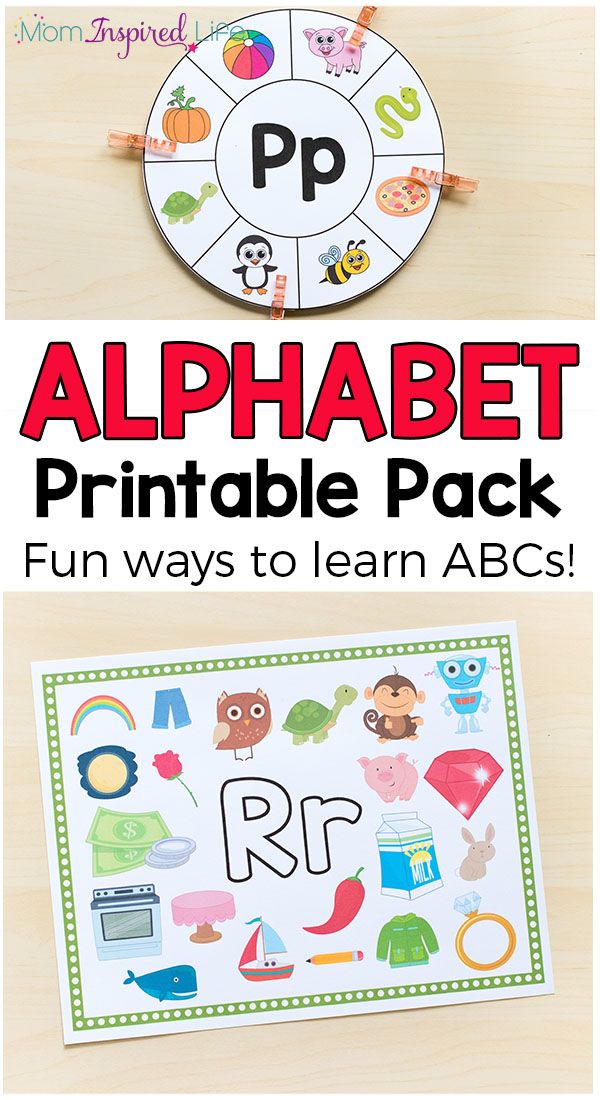
- Woodpecker for Android and iOS and Lingua Talks for iOS are great for students of all levels who like to watch videos in English. Each video has subtitles.
There are also an incredible number of free sites for learning English at any level. For example, the following sites are suitable for beginners:
- englishspeak.com - lessons on the most common conversational topics;
- correctenglish.ru - here you can practice common mistakes in English;
- englishlearner.com, englishteststore.net - exercises on all grammar topics.
- agendaweb.org - Vocabulary exercises, grammar tests, listening and reading tasks.
Well, where would you go without watching your favorite films and series in English! Starting at Intermediate level, I recommend choosing light comedy series such as Young Sheldon, Mom, 2 Broke Girls, Modern Family, Friends and How I Met Your Mother, which have a lot of everyday dialogue. You have fun and at the same time develop your listening comprehension of English speech, increase your vocabulary. For students with a high level of English who are interested in business vocabulary, I recommend watching Donald Trump's reality show The Apprentice. In this show, participants are divided into corporations (teams) and perform various tasks, for example, they need to sell a product, raise money for charity, organize and conduct an advertising campaign for a product, etc.
For students with a high level of English who are interested in business vocabulary, I recommend watching Donald Trump's reality show The Apprentice. In this show, participants are divided into corporations (teams) and perform various tasks, for example, they need to sell a product, raise money for charity, organize and conduct an advertising campaign for a product, etc.
Nowadays, there is a huge amount of information from which it is difficult to choose the most useful sources. An experienced teacher will help with this - he will select the right tools, taking into account your strengths and weaknesses. And also the teacher will be able to motivate you to learn the language. It often happens that you once again firmly decided that you will learn English on your own, but faced with a variety of materials and a large volume of topics to study, you lose the desire to continue. That is why I recommend learning English under the guidance of an experienced teacher who can lead you to the desired result.
One to one
In my last year of master's degree, I was actively looking for a job. I did not consider general education schools, since I believe that teachers at school spend 80% of their working time filling out educational documentation. The rest of the time they spend lessons on textbooks that have long lost their relevance. This way of realizing my potential did not match my ambitions. Therefore, I was looking for a suitable vacancy from private English courses and successfully passed the interview for an offline school.
I taught private lessons to students. The main classes were held in groups, but if a student missed a lesson or did not master the material, he could use the service of a tutor (individual tutor). We were given 30 minutes to make up one missed lesson, during which we practiced grammatical topics and vocabulary, there was not enough time to develop other language skills. Also, the negative side of this approach was that students could only communicate with the teacher, there was no practice of compiling dialogues with other interlocutors.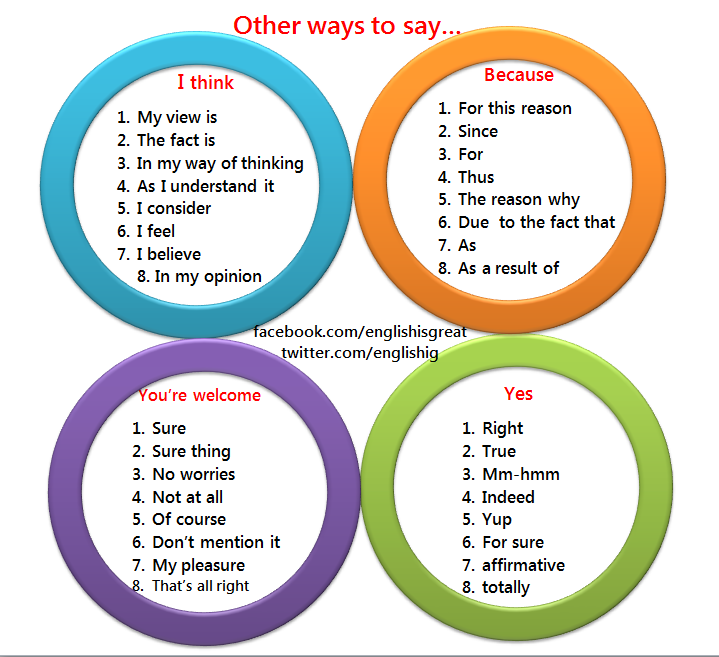 And students often missed classes for various reasons: blockage at work, traffic jams, holidays, vacations, etc.
And students often missed classes for various reasons: blockage at work, traffic jams, holidays, vacations, etc.
If you wish to study with a tutor, it is very important that the materials for your classes are carefully selected and that your classes take place close to your home or office, as there is a high possibility that classes will be canceled for one of the above reasons.
Group lessons
Half a year later I was transferred to the position of a teacher in groups (up to 12 people) of various levels, from Beginner to Advanced. A group of the same level could include both schoolchildren and pensioners.
The lesson lasted two hours and consisted of five main elements: learning new vocabulary, practicing material in dialogues, analyzing a new grammatical topic, doing exercises, and reading and analyzing the text. I'll talk about each element of the lesson.
Learning new vocabulary - this activity is aimed at memorizing new words and expressions.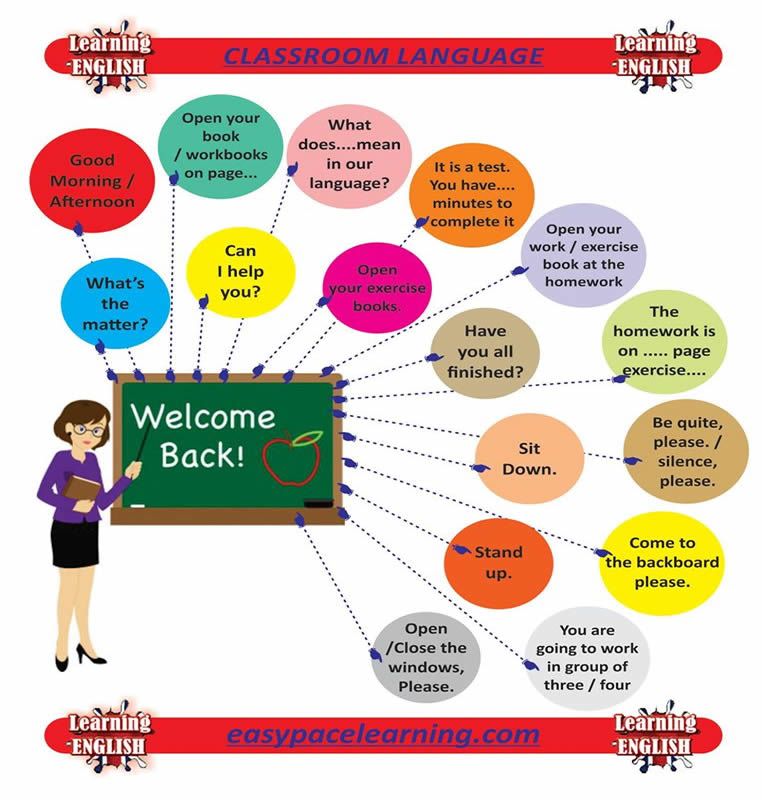 The teacher pronounces a word, phrase or sentence, the whole group repeats after him. This approach implies that the more times a student repeats the same lexical unit, the faster he will remember it.
The teacher pronounces a word, phrase or sentence, the whole group repeats after him. This approach implies that the more times a student repeats the same lexical unit, the faster he will remember it.
Conversation practice - breaking into pairs, students act out dialogues. They imitate a conversation in real life without the ability to peep into a textbook or notebook.
When explaining new grammatical material, the teacher also involves students in the process. This is followed by practicing what has been learned in the exercises, and here the teacher uses the entire arsenal of various types of exercises to consolidate the material: tasks to find and correct a mistake, insert the right word, transformation exercises (for example, convert sentences in Present Simple to Past Simple), combining (for example, match words from different columns to form a new phrase), etc.
The final stage is reading the text, translating, analyzing active vocabulary and grammar, answering questions and comments on the topic.
Training in groups is suitable for people of all ages who cannot imagine their life without communication. Students learn to interact with other group members in English. Usually classes in groups are moderately noisy, fun and informative. The negative aspects of group lessons are the inability to choose a time that is convenient for you, you need to adhere to the schedule of language courses, and psychological incompatibility with classmates or a teacher. As a rule, in offline schools, money for missed classes is not returned.
Teaching with native speakers
After two more years as a teacher, I received an offer to become the head of one of the school's branches. I always wanted to try myself as a manager, so I agreed without hesitation. At this stage, I had the following responsibilities: scheduling for the semester, assigning students to groups, resolving financial issues, hiring staff, providing teachers with the necessary materials, interacting with native speakers from the United States and Canada.
As a rule, students trust a person for whom English is their native language, so classes with native speakers are very popular these days. But expectations don't always match reality. From time to time, native speakers with pedagogical education come to us, usually they are representatives of other specialties who want to combine business with pleasure - to travel and earn money.
During the period of my work with native English speakers, I have seen talented teachers who attracted students with their charisma and sense of humor, were able to keep the attention of the audience, and also had extensive knowledge. There were also those who tried to be good teachers, but their efforts did not bear any fruit. For example, a native speaker from the USA worked for us - a wonderful writer who came to write his next book and at the same time teach English. Unfortunately, he did not succeed as a teacher: students regarded classes with a native speaker as a unique chance to acquire knowledge faster and more efficiently, but were disappointed in him.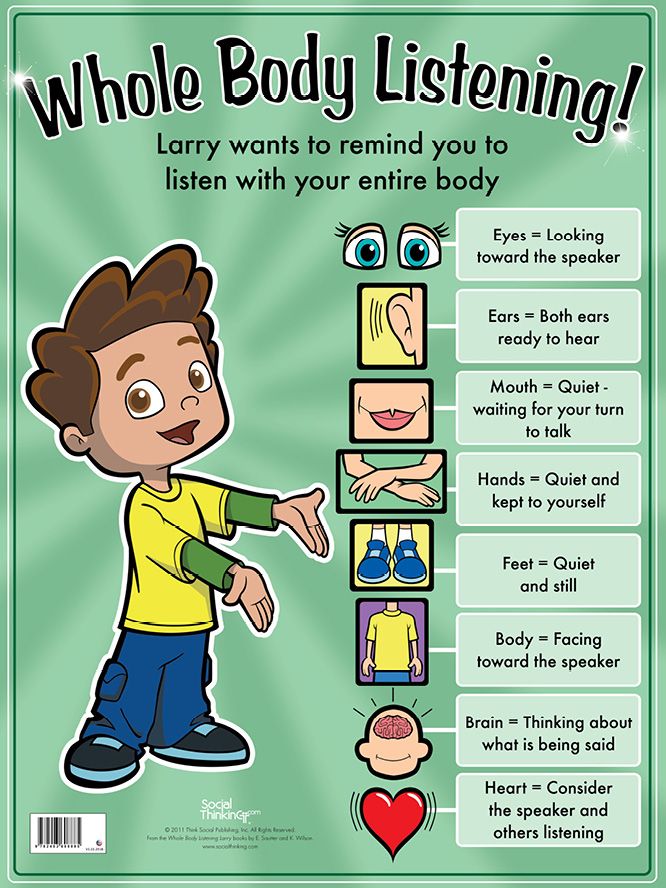
A common mistake for beginners is to start learning English right away with a native speaker. In order for classes with a foreign teacher to be productive, students must have an extensive vocabulary and grammar in order to understand his explanations and conduct a dialogue. In general, classes with a native speaker are very useful, since the student is forced to speak English all the time and not switch to Russian.
If you would like to study online with a teacher from the UK or the US, please contact our school.
Online learning
Due to family circumstances, I had to move to another city, complete my work at the offline school and transfer to the Inglex online school, where all my previous experience came in handy. Online schools provide all the necessary methodological base and support, but at the same time they also give you some freedom: to create your own schedule and conduct classes in courses of interest. I found this type of activity very convenient due to the flexibility of the learning process - classes can be held anywhere and at any time, the main thing is that there is a stable Internet connection. No need to waste precious time on the road, you can transfer classes without financial loss. A student can choose a teacher by reading information about him, listening to his pronunciation and reading the reviews of other students. Another positive side for the student is that the teacher will draw up an individual program based on his goals and wishes.
No need to waste precious time on the road, you can transfer classes without financial loss. A student can choose a teacher by reading information about him, listening to his pronunciation and reading the reviews of other students. Another positive side for the student is that the teacher will draw up an individual program based on his goals and wishes.
Online schools also provide many additional opportunities for learning, for example, Inglex has an Online Classroom - a platform for conducting lessons that allows the student and teacher to communicate, as well as work together on exercises and homework. The school also has a blog with useful articles on grammar, vocabulary, movies and TV shows. The school hosts monthly webinars where you can learn about common student mistakes, get tips on learning a language or choosing an international exam.
Inglex runs conversation clubs with native speakers from the UK and Russian-speaking teachers. I hold such online meetings and always recommend that students attend them for speaking practice.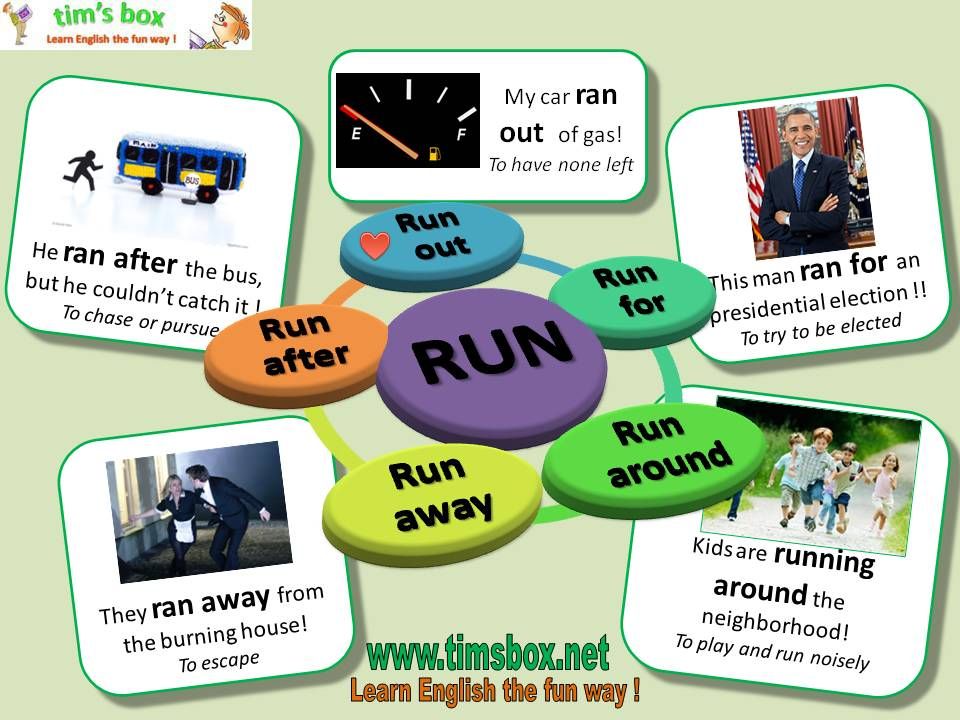 At the clubs you can discuss various topics, such as "My Home" or "Future Technologies".
At the clubs you can discuss various topics, such as "My Home" or "Future Technologies".
Nowadays, there are a huge number of offline and online schools for learning foreign languages. The Internet is replete with advertisements of English in a week, on the phone, on the 25th frame, and even in a dream. Whether this is effective, I do not know, because I myself have studied this language systematically for many years, putting a lot of effort. Trust schools that have a good reputation, with a real base of satisfied clients, as well as professional and result-oriented teachers.
When starting to choose a way to study, it is important to determine your expectations and goals. Some are disciplined and confident enough to learn the language on their own. For others, the physical presence of the teacher is important. Still others need other students to create a "competition effect". The fourth ones save their time and want to influence the educational process as much as possible by choosing online learning.